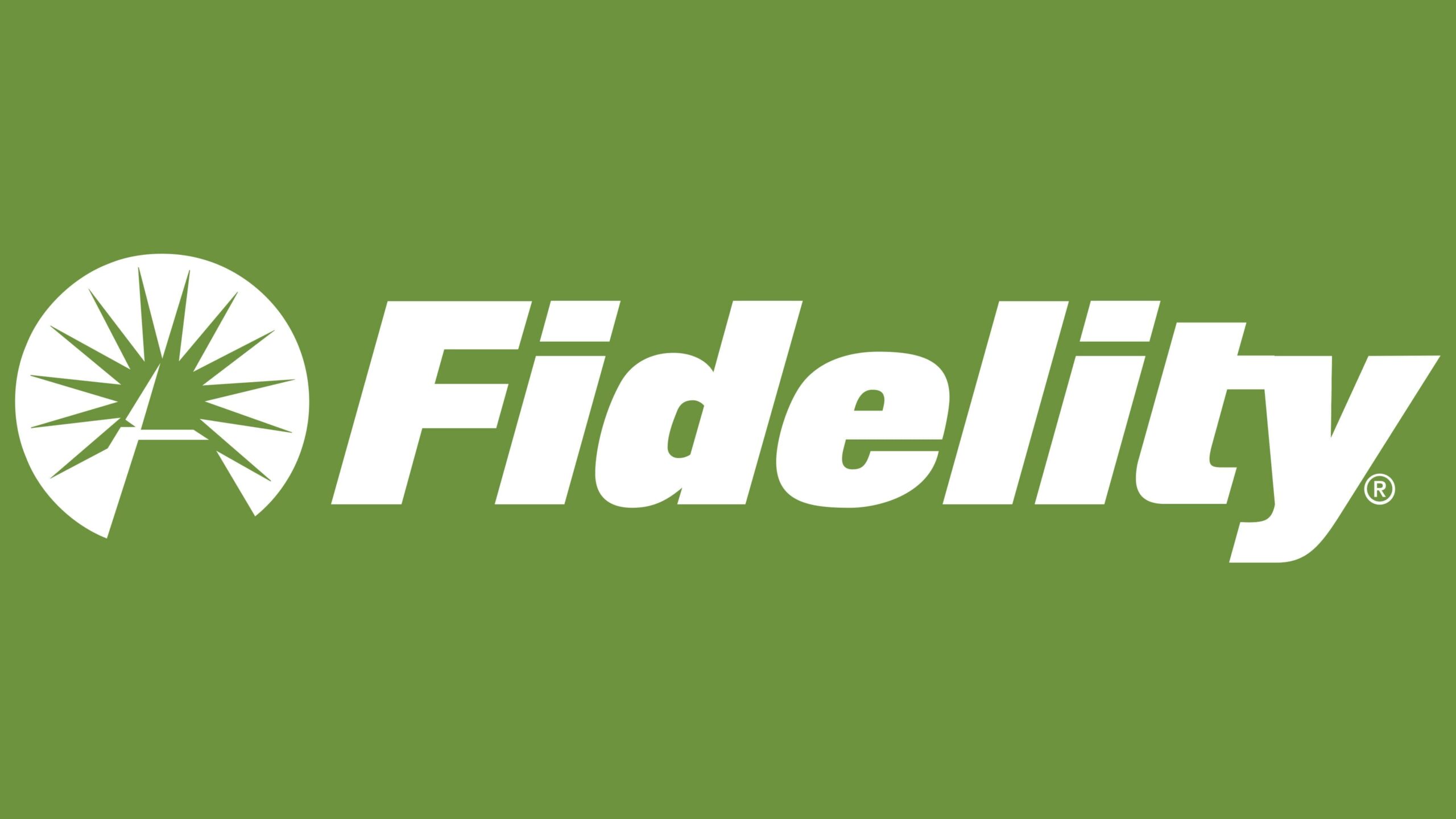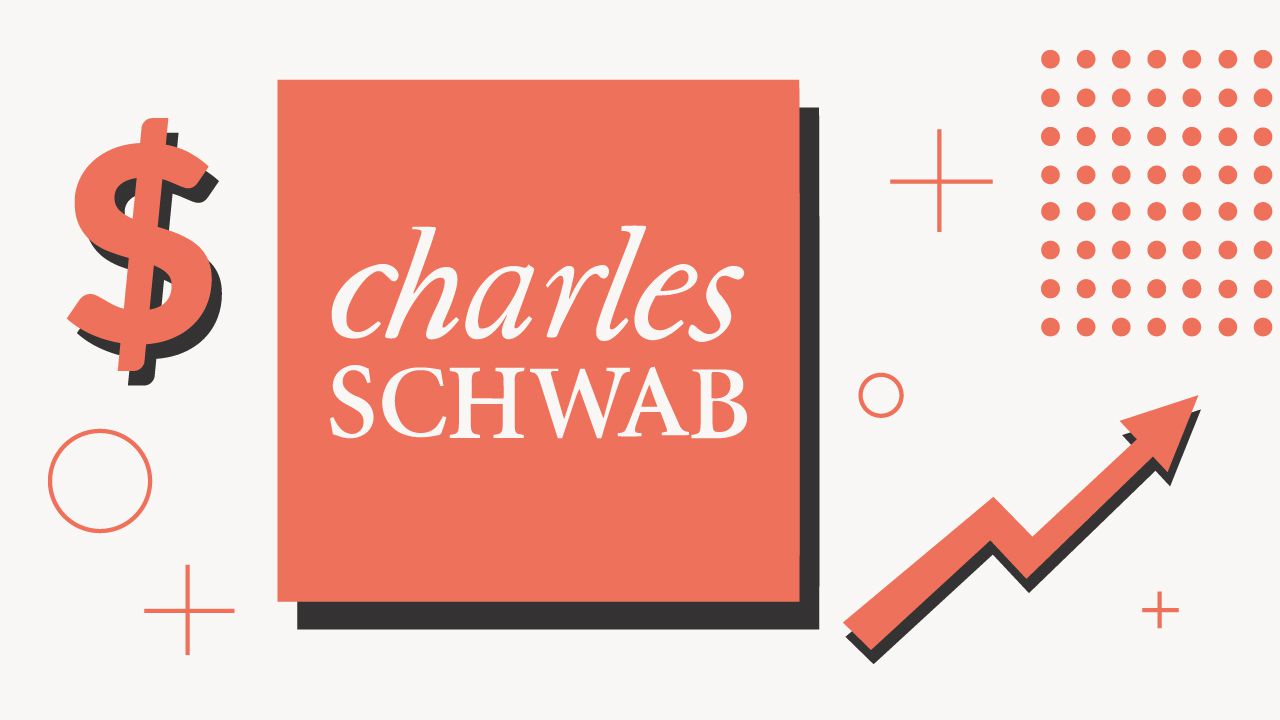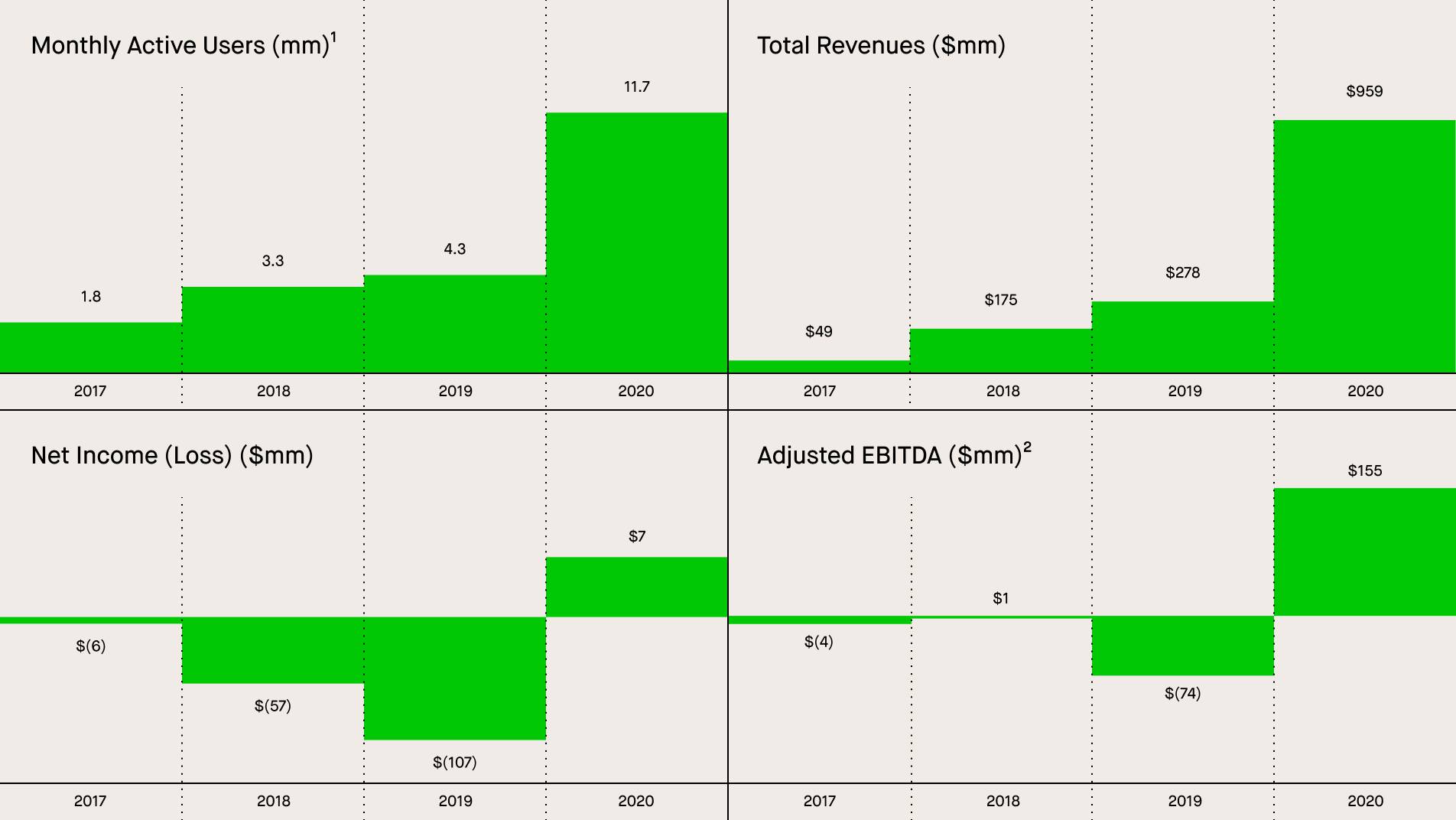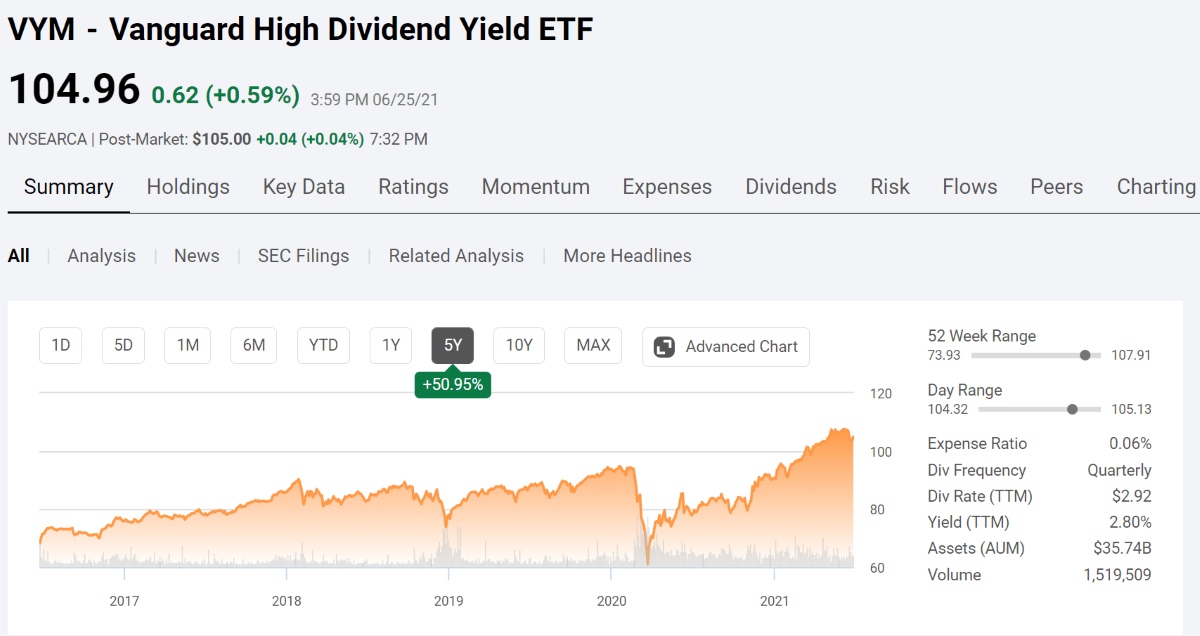

Finance
How To Buy Bonds On Vanguard
Published: October 12, 2023
Learn how to buy bonds on Vanguard and take control of your finances with this step-by-step guide. Invest wisely and secure your financial future today!
(Many of the links in this article redirect to a specific reviewed product. Your purchase of these products through affiliate links helps to generate commission for LiveWell, at no extra cost. Learn more)
Table of Contents
Introduction
Investing in bonds is a popular choice for individuals looking to diversify their portfolio and generate steady income. Bonds are considered safer investments compared to stocks, making them attractive to risk-averse investors. If you’re interested in buying bonds, one platform that offers a wide range of options is Vanguard. In this article, we’ll guide you through the process of buying bonds on Vanguard.
Vanguard is a reputable investment management company that provides individual investors with the ability to participate in the bond market. With a vast selection of bonds available, Vanguard offers a user-friendly platform, making it easy for investors to research, purchase, and monitor their bond investments.
Before we dive into the steps of buying bonds on Vanguard, it’s essential to have a basic understanding of what bonds are. Bonds are debt securities issued by governments, municipalities, corporations, or other entities to raise capital. When you buy a bond, you are essentially lending money to the issuer in exchange for regular interest payments, known as coupon payments, and the return of your principal investment at maturity.
The bond market is diverse, with different types of bonds available, including government bonds, corporate bonds, municipal bonds, and treasury bonds. Each bond type has its risk and return profile, with government bonds generally considered the least risky.
Now that we have a general understanding of bonds let’s move on to the steps involved in buying bonds on Vanguard.
Step 1: Setting up a Vanguard Account
The first step in buying bonds on Vanguard is to set up an account with the platform. Visit the Vanguard website and click on the “Open an Account” button to get started.
When setting up your account, you will need to provide personal information such as your name, contact details, and social security number. Vanguard follows strict security protocols to safeguard your personal and financial information, so you can trust that your data will be protected.
Once you have completed the account setup process, you will be prompted to choose the type of account you want to open. Vanguard offers various account options, including individual accounts, joint accounts, retirement accounts (such as IRA and 401(k)), and custodial accounts for minors. Select the account type that best suits your investment goals and situation.
Next, you will need to fund your Vanguard account. You can transfer funds from your bank account or roll over funds from an existing retirement account. Vanguard also accepts contributions through checks or wire transfers.
Once your account is funded and set up, you are ready to move on to the next step of buying bonds on Vanguard.
Step 2: Researching Bonds
Before purchasing a bond on Vanguard, it’s essential to conduct thorough research to ensure that you are making an informed investment decision. Vanguard provides a range of resources to assist you in your bond research.
Start by exploring the bond market on Vanguard’s platform. You can browse through the bond offerings by clicking on the “Bonds & CDs” tab. Here, you will find a wide selection of government, corporate, municipal, and treasury bonds.
Use the search filters to narrow down your options based on criteria such as bond type, maturity date, credit rating, and yield. Take the time to familiarize yourself with the various bond terms and concepts, such as yield to maturity and coupon rate. These factors will impact the performance and risk of the bonds.
Additionally, Vanguard provides extensive research materials, including bond market analyses, expert insights, and ratings from reputable agencies like Moody’s and Standard & Poor’s. Take advantage of these resources to gain a comprehensive understanding of the bonds you are considering.
When researching bonds, pay attention to key factors such as the creditworthiness of the issuer, the bond’s maturity date, the coupon rate, and the yield. Consider your risk appetite, investment goals, and time horizon when evaluating different bond offerings.
It’s also crucial to consider the potential tax implications of your bond investments. Some bonds may offer tax advantages, such as municipal bonds that are tax-exempt at the federal or state level. Consult with a tax advisor to understand how bond investments will impact your tax situation.
By conducting thorough research, you will be better equipped to select suitable bonds that align with your investment objectives and risk tolerance.
Step 3: Choosing the Right Bond
After conducting thorough research on Vanguard’s platform, it’s time to select the right bond that aligns with your investment goals. Consider the following factors when choosing a bond:
1. Risk Profile: Assess the risk associated with the bond. Government bonds are typically considered low-risk, while corporate bonds may carry higher risk. Take into account the issuer’s creditworthiness and credit rating to gauge the bond’s risk level.
2. Yield: Evaluate the yield of the bond, which represents the return you will receive from your investment. Compare the coupon rates of different bonds and consider how the yield fits into your income objectives.
3. Maturity Date: The maturity date indicates how long you will need to hold the bond before receiving your principal investment back. Determine whether you have a short-term or long-term investment horizon and select bonds with appropriate maturity dates.
4. Diversification: Consider diversifying your bond portfolio by investing in bonds from various issuers and sectors. This helps reduce risk by spreading your investment across different bonds with varying characteristics.
5. Tax Considerations: Evaluate any tax advantages or implications associated with the bond. Municipal bonds, for example, may offer tax advantages at the federal or state level. Factor in these considerations when choosing a bond.
6. Investment Strategy: Align your bond selection with your overall investment strategy. Determine whether you are looking for income generation, capital preservation, or a balance between the two. This will help guide your choice of bonds.
Remember to review the details and specifications of each bond thoroughly. Vanguard provides comprehensive information about each bond, including its terms, prospectus, and historical performance. Take the time to understand the bond’s features and assess how it fits into your investment needs.
By carefully considering these factors and conducting proper due diligence, you can choose the right bond that suits your investment objectives and risk tolerance.
Step 4: Placing a Bond Order
Once you have selected the right bond on Vanguard, it’s time to place a bond order. Follow these steps to complete your bond purchase:
1. Locate the bond: On the Vanguard platform, navigate to the specific bond you want to purchase. Review the bond’s details, including its price, yield, and maturity date.
2. Determine the order type: Choose between a market order or a limit order. A market order executes the bond purchase at the prevailing market price, while a limit order allows you to set a specific price at which you are willing to buy the bond.
3. Specify the quantity: Enter the quantity of bonds you wish to purchase. Ensure that you consider your available funds and investment goals when determining the bond quantity.
4. Review the order details: Verify all the information related to your bond order before proceeding. Check the bond name, quantity, order type, and any applicable fees associated with the purchase.
5. Place the order: Once you are satisfied with the order details, click the “Place Order” button to submit your bond order. Vanguard will display a confirmation screen, indicating that your order has been received.
6. Provide payment: To complete the purchase, you will need to provide the payment details. Vanguard offers multiple payment options, including electronic funds transfer (EFT) or a check payable to Vanguard. Follow the provided instructions to ensure a seamless payment process.
7. Settlement period: Note that there is typically a settlement period for bond purchases, which is the time it takes for the transaction to be processed and the bond to be officially transferred to your account. The settlement period can vary depending on the bond type and market conditions.
Throughout the process, it is crucial to review all the details and ensure accuracy. Vanguard provides clear instructions and guidelines to help you navigate the bond order placement process.
Once your bond order is executed and settled, you will officially become the owner of the bonds and start earning the coupon payments.
Step 5: Reviewing and Confirming the Order
After placing a bond order on Vanguard, it is essential to thoroughly review and confirm the details of your order for accuracy and completeness. Follow these steps to ensure a seamless bond purchasing process:
1. Order Summary: Once your bond order has been placed, Vanguard will provide a summary of your order details. Take the time to carefully review this information, including the bond name, quantity, order type, price, and any associated fees.
2. Confirm Order Details: Double-check that all the information entered is accurate. Ensure that the selected bond aligns with your investment goals and that the order type matches your intended purchase execution.
3. Payment Information: Verify that the payment details provided during the order placement process are correct. Ensure the payment method and amount are accurate to avoid any complications.
4. Review Transaction Costs: Take note of any transaction costs or fees associated with the bond order. Vanguard may charge a commission or transaction fee for bond trades. Make sure you understand and are comfortable with these costs.
5. Confirm Order Placement: Once you have reviewed all the information, click on the confirmation button to finalize the bond purchase. By confirming your order, you acknowledge and accept the transaction.
6. Order Confirmation: After confirming your bond order, Vanguard will provide you with an order confirmation. This confirmation will contain essential details, including the order number, execution date, settlement period, and any other pertinent information related to your bond purchase. It is crucial to keep this information for future reference.
7. Verification Email: Vanguard may also send you a verification email to confirm the details of your order. Take the time to review this email and ensure that all the information provided matches your intended purchase.
By thoroughly reviewing and confirming your bond order, you can avoid any potential errors or discrepancies that may occur during the process. It helps to ensure that your purchase aligns with your investment objectives and that all information, including payment details, is accurate.
Step 6: Monitoring Your Bond Investments
Once you have successfully purchased bonds on Vanguard, it is important to regularly monitor your bond investments to stay informed about their performance and make any necessary adjustments. Here are some essential steps to monitor your bond investments:
1. Account Dashboard: Vanguard provides an account dashboard where you can easily access and view your bond investments. Log in to your Vanguard account and navigate to the relevant section to see an overview of your holdings.
2. Track Bond Performance: Monitor the performance of your bonds by reviewing key metrics such as yield, price changes, and any interest payments received. This information can help you understand how your bond investments are performing and if any adjustments or actions are needed.
3. Economic and Market News: Stay up to date with economic and market news that may impact the bond market. Developments such as changes in interest rates, economic indicators, or shifts in investor sentiment can affect bond prices and returns. Stay informed to make informed investment decisions.
4. Regular Portfolio Reviews: Conduct regular portfolio reviews to assess the overall performance and allocation of your investments. Consider reviewing your bond holdings in conjunction with other assets in your portfolio to ensure it remains in line with your investment goals and risk tolerance.
5. Rebalancing and Diversification: Monitor the allocation of your bond investments relative to other asset classes. If the value of your bond holdings becomes too high or low compared to your initial target asset allocation, consider rebalancing your portfolio to maintain diversification and manage risk.
6. Stay Informed About Bond Market Conditions: Understand the current bond market conditions and evaluate any potential risks or opportunities that may arise. Factors such as changes in interest rates, credit ratings of issuers, or changes in market dynamics can impact the performance of your bond investments.
7. Consult with a Financial Advisor: Consider consulting with a financial advisor to gain professional insights and guidance on monitoring your bond investments. They can provide personalized advice based on your financial goals and help you make informed decisions.
Remember, monitoring your bond investments is an ongoing process that requires regular attention. By staying informed and actively managing your portfolio, you can make adjustments when necessary and potentially enhance the performance of your bond investments.
Conclusion
Buying bonds on Vanguard is a straightforward process that allows you to diversify your portfolio and generate steady income. By following the steps outlined in this article, you can navigate the bond buying process with confidence and make informed investment decisions.
Setting up a Vanguard account is the first step, allowing you to access a wide range of bond options. Thoroughly researching bonds is essential to understand the risk and return profiles of different offerings and choose the bonds that best align with your investment goals.
Once you’ve selected the right bond, placing the bond order on Vanguard is a simple process. Carefully reviewing and confirming the order details ensures accuracy and helps avoid any potential errors. Remember to monitor your bond investments regularly to stay informed about their performance and make any necessary adjustments.
Whether you’re a seasoned investor or just getting started, Vanguard provides a user-friendly platform and a wealth of resources to support your bond investing journey. Take advantage of the available tools and research materials to make well-informed decisions.
Investing in bonds can provide stability and income to your investment portfolio. By diversifying your investments and regularly monitoring your bond holdings, you can work towards achieving your financial goals.
Remember that bond investing involves risks, including the possibility of default by the bond issuer and changes in interest rates. It’s important to conduct thorough research, consult with financial professionals, and align your investment strategy with your risk tolerance and financial objectives.
Take the time to educate yourself about the bond market and make informed decisions. With diligence and a well-executed plan, you can successfully navigate the bond market and build a resilient investment portfolio on Vanguard.














